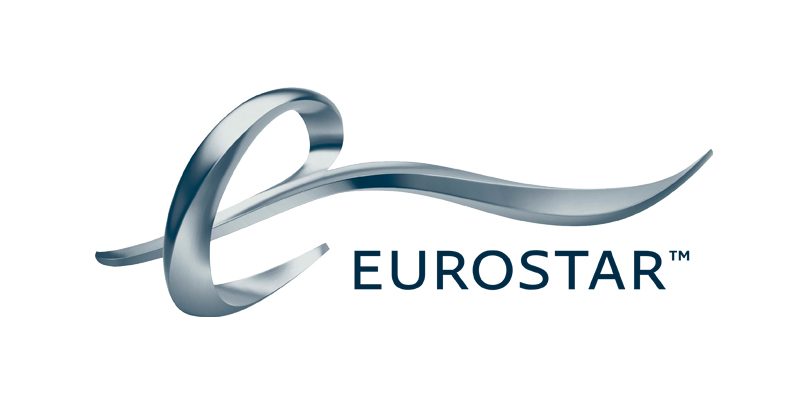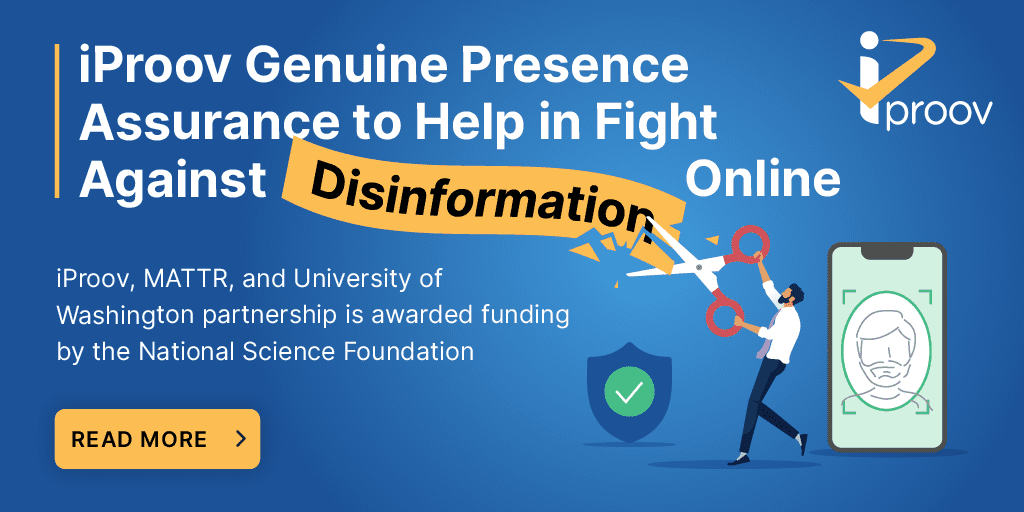June 17, 2020
iProov, the world leader in spoof-resistant opt-in biometric authentication technology, today announced that its technology will be used to improve the speed and safety of train travel.
Rail passengers using Eurostar services will be the first to take advantage of a facial biometric corridor to enable contactless journeys. The walk-through system will allow customers to complete ticket checks and border exit processes at St Pancras International station without needing to come into contact with people or hardware.
The concept, already trialled in airports to increase speed and safety and manage immigration, is now being brought to train travel as part of the First of a Kind (FOAK) competition run by Innovate UK and funded by the Department for Transport. The initiative supports research, development and innovation in the UK rail industry.
Andrew Bud, Founder and CEO, iProov, said; “This is a world first. iProov is enabling train passengers to choose to travel without tickets or documentation in a way that is safe and secure.
“What started off as a project to reduce travel congestion and keep passengers moving is now going to help keep people safe in a pandemic world through social distancing and contactless interaction.
“It’s yet another example of how opt-in facial verification is making life easier and safer for people around the world.”
Passengers planning to travel on Eurostar services would be offered an accelerated pre-boarding option. Prior to travelling, they would use the Eurostar app to scan their identity documentation before iProoving themselves. The iProov facial biometric check uses patented controlled illumination to authenticate the identity of the user against the ID document.
The iProov solution is unique in assuring the Genuine Presence of the passenger. As well as checking that the user is the right person, matching the identity portrayed in the passport, the illumination process checks that the user is a real person, rather than a photo, video, or mask, and, uniquely, that the user is authenticating right now. This protects against large-scale criminal attacks using deepfakes.
The passenger would then receive a message confirming that their identity document had been secured and a ticket or passport would not need to be shown again until they reached their destination. On arrival at St Pancras International, the passenger would enter the contactless travel corridor and proceed in distanced fashion before boarding the train.
A kiosk solution at the station would allow passengers without access to smartphones to complete the same process.
The iProov solution will be developed in close partnership with Eurostar, the UK’s only operator of high-speed rail services, and with Canadian travel and immigration solution specialists WorldReach Software. It is planned to be in live operation by March 2021.
Transport Secretary Grant Shapps said: “I am delighted to announce the winners of this year’s First of a Kind competition, which will support better, more environmentally friendly journeys. Crucially, these pioneering projects will also ensure that passengers have a more efficient, reliable and responsive railway, making their journeys simpler and easier.”
Ian Campbell, Executive Chair of Innovate UK, said: “These high quality projects illustrate the appetite of UK organisations to develop new and exciting innovations for rail transport that improve customers’ user experience, that optimise railway efficiency, and are environmentally sustainable.”
Gareth Williams, Strategy Director and Company Secretary at Eurostar, said; “We are very pleased to be working with iProov on this important innovation. We’re convinced it will enhance our passenger experience and offer a live illustration of how innovation can benefit the high speed rail and international transport industries.”
iProov has been enabling global banks and other regulated organisations to meet Know Your Customer (KYC) regulations for several years, before extending into biometric traveller verification for the Department of Homeland Security in the US.



